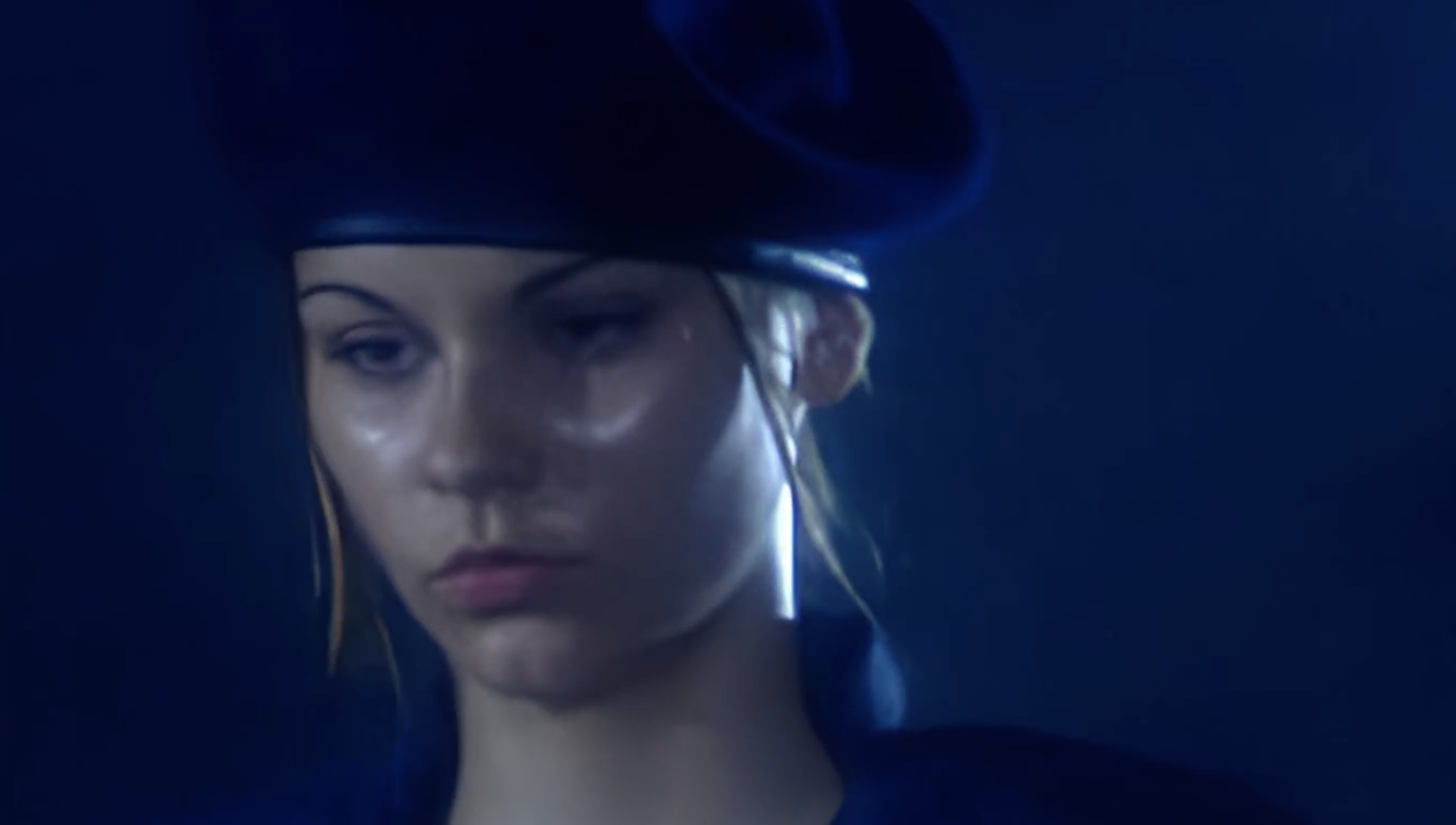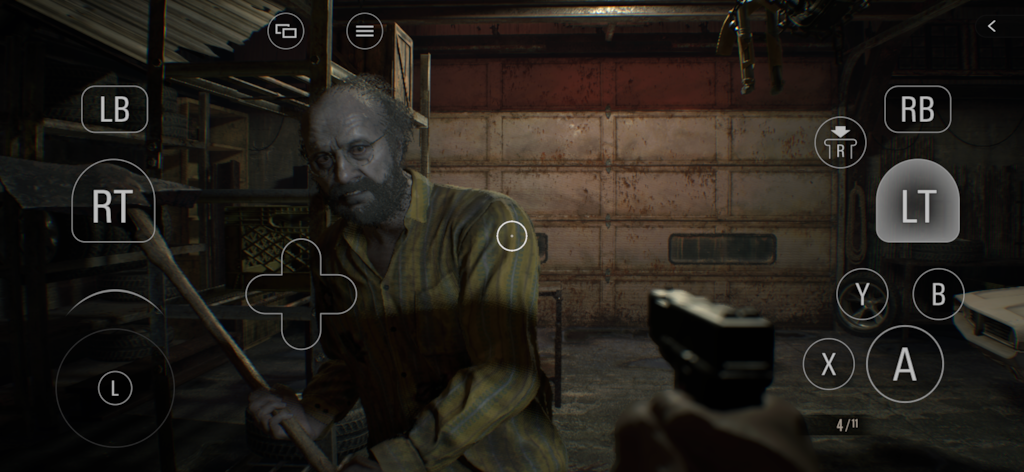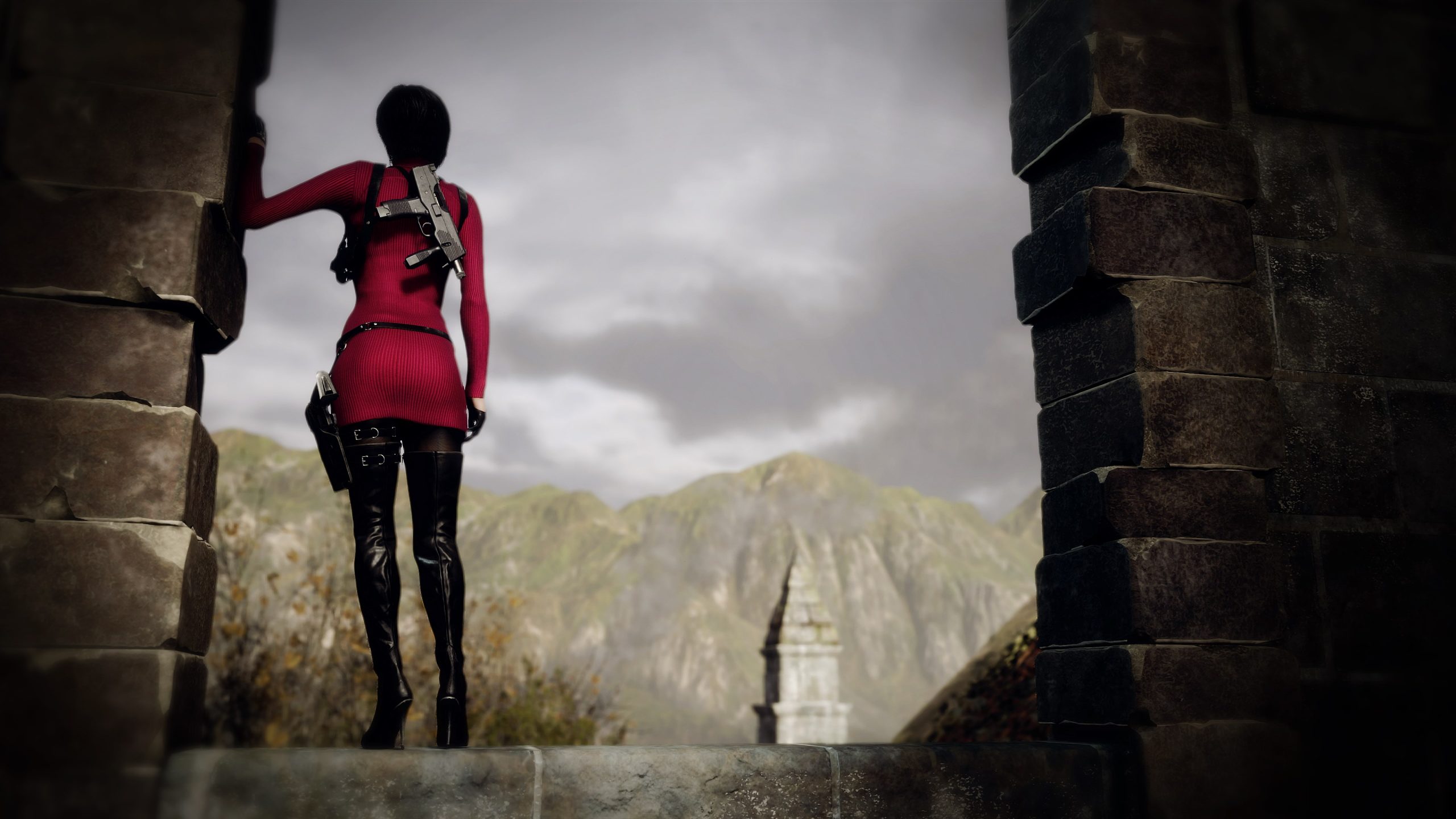Resident Evil is the brainchild of one Shinji Mikami, a video game designer with big ambition who joined Capcom in 1990. His first title was a basic quiz-puzzle game on the Nintendo Game Boy which took three months to develop, despite his bosses wanting it completed in just one. Mikami followed this up with several Disney titles created over the next four years; 1991 Game Boy adventure Who Framed Roger Rabbit, Aladdin in 1993 for the Super Nintendo, and finally Goof Troop also for the SNES a year later in 1994. Other projects also included an untitled Formula 1 racing game that was cancelled early on into development. Mikami was a huge F1 fan and when he put pressure on his staff to produce nothing but quality, he pulled the plug on the project when it became apparent that the results were not going to be good enough, a brave move for someone so early into his career in game design.
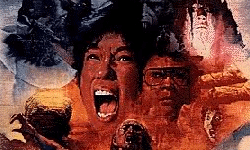
It was following the release of Goof Troop that Mikami was asked by his superiors to create a horror game for launch on Sony Entertainment’s premium new console, the PlayStation. Mikami viewed this as the opportunity he had been waiting for. Tokuro Fujiwara, Mikami’s mentor and the man who had already achieved success with the Mega Man franchise, was the genesis behind the project
“Mr. Fujiwara called me in one day and told me to make a horror game and he wanted to use the same game system from the game Sweet Home. He also told me to ‘Create something worth seeing,’ I thought finally the moment has come! In Biohazard, even though the game system is the same as Sweet Home, there are few similarities, but I got a lot of ideas from Sweet Home. Sweet Home didn’t sell well but I still believe that game was a masterpiece.” – SHINJI MIKAMI
Sweet Home was a Japanese RPG horror game that was released alongside a movie of the same name in 1989. The plot revolved around a group of filmmakers staying at the infamous abandoned Mamiya Mansion to shoot a documentary and catalogue a famous fresco painting.
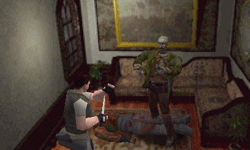
Years ago, Lady Mamiya and her husband Ichirou had a child together. When the child reached infancy, it crawled into the furnace of the mansion whilst unsupervised and when the furnace was activated it was burned alive. This tragic loss caused Lady Mamiya to go insane and over a period of time she would kidnap children from the local town. She would them burn them in the same furnace, believing that their souls would become playmates for her own child ‘in the next life’. Eventually, Lady Mamiya took her own life and her ghost is said to roam the mansion, looking for her dead baby. The movie was never released outside of Japan and can only be tracked down by way of rare VHS poor quality copies. Despite this, the movie has earned quite a cult following and it is hoped that a western DVD release will be made available in the near future.
The game of the movie was released on the original NES at the same time as the film. Players could choose from five different characters, each with unique skills. The objective is to find a way out of the mansion alive, avoiding Mamiya’s ghost and other hellish creatures in the process. Combat is turn based and as well as controlling all five characters separately, you could also pair up in teams of two, three or four as you negotiated round the labyrinthine maze of complex corridors and rooms. This method of control is a primitive example of the partner zapping system employed by Resident Evil Zero some thirteen years later.
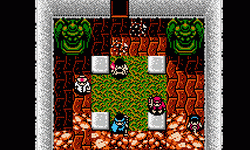
As well as the obvious mansion setting, Resident Evil also borrowed from the loading screens of Sweet Home, for each new section of the game was generated by a static screen depicting a door opening and closing. As players moved from room to room, documents and diaries left lying around by Lady Mamiya and her husband could be found and read, offering further clues to the plot, and one such note depicted the mansion as;
‘The house of residing evil’
Sound a little familiar?
“The concept of the game was to create a constant feeling of anxiety and to make the game very, very scary. Our first idea was to put a feeling of dread forward in order to create a harrowing experience that would distance itself from conventional video games. This feeling of anxiety was realized with the assistance of the new generation of consoles {the PlayStation} that helped achieve the remarkable graphics. This feeling of anxiety was our principal objective.” – SHINJI MIKAMI
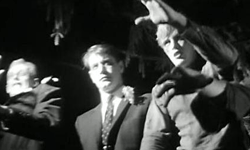
Mikami had his haunted house setting; the next step was deciding what enemies to include. His first idea was looking towards the obvious; ghosts and other supernatural enemies, but after much thought, Mikami decided that this would be too unoriginal with nothing underneath the surface that would set it apart from other horror titles of the day. He then briefly touched upon the notion of using extra-terrestrial foes before finally settling upon the flesh-eating undead after being influenced by George Romero’s classic Night of the Living Dead’.
“When I had planned to make Biohazard, I was going to use ghosts, but if some other company makes a horror game, they will use ghosts too, and I didn’t want to be one of them. Also I remembered the movie ‘The Exorcist’ I watched when I was in elementary school. I only remember it left me with a bad taste. If we are making a movie that is okay, but a game has to offer tension and release. Players can feel the zombie getting close and taste the fear and panicking like ‘I don’t have enough ammo!’ and finally kill…relief and continue the game. That was the kind of game flow that was in my mind, only the zombie walks up to you creating a feeling of fear. Players know the zombie is going to bite them and the human instinct is to run away from creepy things.” – SHINJI MIKAMI
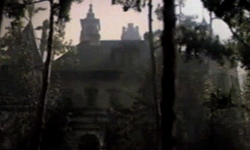
Mikami believed that the physical presence the zombie provided as opposed to a ghostly apparition would make the fear seem even more real, knowing that there is a solid physical presence in the same room as you.
“I wondered how to enrich the world of video gaming. To express the anxiety, I am myself concentrating on the enemies and I created a universe around them. There were many games resembling an urban legend or ghost story at this point in time and I wanted to make my own mark on them by creating a fear never again achieved by other games. I wanted to express easily the understandable anxiety of the pain caused by the attack of a dog. My principle objective was to create attacks by enemies that actually existed.” – SHINJI MIKAMI Next would come the design of the game engine and how the characters would interact with the surrounding environment.
“With the basic idea complete, we then had to make a game system on top of that. We couldn’t create a game where you just fight zombies all of the time, but on the other hand, we couldn’t create a game where the player is just walking and nothing happens. So I put mystery and puzzles into the game and the player can feel the fear inside of the gameplay. We had a hard time trying to figure out how the players would start their route through the game. Some people wanted to start from the first floor and maybe other people started from the second floor, so we had to make the character say; ‘Let’s start from the first floor.’ Players would hear a gunshot and get a little tension and then think ‘Let’s start playing’. It felt like a cheap way but I couldn’t come up with any more ideas.
In Biohazard, I didn’t put so much ‘surprise’ essence, I learned from the movie ‘Psycho’ about it, you don’t have to make the whole game about shocking scenes, just put some important symbolic scenes and inside the player’s mind to expand the fear.” -SHINJI MIKAMI
The gaming viewpoint that was created for the player was that of a 3D character placed onto a 2D static background, very similar to the techniques used in Infrogrames ‘Alone in the Dark’ back in 1992. This works by creating a 3D background on a computer then photographing the background at a specific angle. A basic 3D invisible mesh is then created on this background which allows a window for your character to move around in. What you are left with is a 2D image of what was a 3D creation and your 3D character is superimposed on top of it. The only drawback to this process is that the camera angle remains remains permanently fixed in the same position and that the 3D character can sometimes look a bit pixilated and blocky compared to the highly detailed 2D backgrounds.
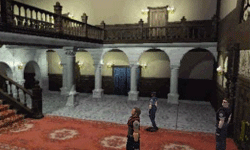
Although Alone in the Dark was the first game to try this method, the technology available at the time was perhaps not quite advanced enough to pull it off convincingly. However, the advent of the Sony PlayStation and its 64-bit technology allowed for Resident Evil to boast some seriously impressive movie-like visuals, making it one of the most impressive looking titles of its era.
Because of this complicated game system, the computer would have to re-load every time the player entered a new room of the mansion. Mikami anticipated this problem and rather than players having to endure five seconds of blank screen every time they went through a door, he went back to his original inspiration to combat the problem.
“The door opening scenes came from Sweet Home. Actually, we made the first game aimed to make the player scared to open the door without the door opening cut scene. But the data of the room is so heavy when the PlayStation’s loading, it makes the screen black, and I was thinking about what I should do when I remembered the Sweet Home way. I realized that the door cut scene would also build the player’s tension. If I didn’t know about Sweet Home, I would never have come up with that idea.” -SHINJI MIKAMI
Mikami believed the players would be so engrossed in the visual horror the game would provide that there would be little or no need for any kind of coherent storyline. Thankfully, his bosses at Capcom ensured this was one aspect Mikami-san would not be allowed to get away with. So was the story created before or after development?
“No, the story came after the game. No script, only a flow-chart and notes. I wanted to make a haunted house game. The concept was that you can enjoy the fear in your house. A haunted house doesn’t need a script or story, and I tried to explain this to the management of Capcom, but every time I was called on to go to a meeting, my boss always said; ‘When are you going to finish the story and script!!!’ If it had been Mr. Fujiwara, he never would have said that. Every time they asked me for the story, I kept telling them that a haunted house doesn’t need story. For me, story is only ‘better than nothing.’ But I needed to make an opening and ending, so I made that part, and after that I just put little pieces of story and cut scene. I wanted to make the story dependant on how the player beat the game. Looking back, I should have created all the background first and then made the game, but I didn’t have that much time. I thought it is already hard enough to create a game so players feel ‘the fear’, it is almost impossible to add story or dramatic situations.” -SHINJI MIKAMI
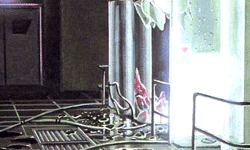
As the plot began to take shape, designer Jun Takeuchi, who would later return to the series as main producer on Resident Evil 5, began to look at ways for the story to improve the overall replay value of the game.
“The game Biohazard unfolds itself in the near future of the USA and shows an accident that actually could happen. The scenario is very detailed and makes the player think that he is an actor in his own film. The development team used a system of multiple scenarios that will convert the actions of the player into a storyline. Therefore, the players will not be able to discover the complete storyline by playing just the one time. The principle difference between Biohazard and other RPGs or action games is that the main objective of the game is not just to kill all of the enemies. In this game, the important one is ‘to be afraid’. The enemies will attack you with all of their force and the player will have to wonder, ‘How do I survive?’ before thinking about how to eliminate them. This is the definition of this kind of survival horror, where the errors and mistakes of the player are reflected in the game and can be fatal.” -JUN TAKEUCHI
As with any narrative, the chance of it being memorable to the audience is greatly enhanced when the story is populated with likeable and memorable characters. If the audience can’t relate to them, they are not going to care whether they survive the game or not, or be bothered to complete side missions to save an NPC teammate for example.
This was another aspect Takeuchi wanted to ensure the development team got spot on. Indeed, even to this day, characters such as Chris Redfield, Jill Valentine and Albert Wesker are synonymous with even non-Resident Evil playing gamers. As well as personality, Takeuchi also wanted to help the audience as much as possible when it came to visually identifying the characters.
“In the game, the traits of the military and police forces are mixed together in a single team, which I wanted to show as a unique police force. In two words; be realistic. I consider that to have characters that are ‘cool’ and ‘realistic’ come across well on the screen. Usually, all the uniforms resemble each other but I wanted to show the personality of the characters through their uniform. This is done in old war films, where the headstrong carry distinctive signs on their uniforms in order to emphasize their personality. Each uniform expresses itself in a different manner; for the female characters, it emphasizes the shape of their bodies and makes them seem faintly sexy. For the men it is better to show their savageness, thanks to a big knife for example. The players see this knife and think; ‘Woah! This guy has a big knife, he must be dangerous!’ I modified the design of all the uniforms so that the players feel the personality of the characters thanks to their mode of dress.” -JUN TAKEUCHI
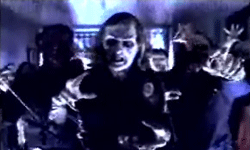
When it came to naming the game, Mikami wanted to pay tribute to the works of Alfred Hitchcock and decided to go with ‘Psycho’. However, one of his staff pitched a perhaps more fitting name.
“We had 100 or 200 ideas for the game title, and I wanted to name it ‘Psycho’ which was kind of a short title. But one of the background staff came up with a name that matched the story, so we decided to name the game ‘Biohazard’.” -SHINJI MIKAMI
Biohazard was not used for western audiences due to the fact that the name was already copyrighted by a music band. Many people believed that the name ‘Resident Evil’ derives from Sweet Home but Mikami would never categorically confirm or deny this.
The original Resident Evil is also famous for its use of live actors for the intro movie and ending scenes, something Mikami-san now regrets as the budget he had to work with was too small to make an effective horror short. The actors used to portray the S.T.A.R.S. members ranged from having little to no acting experience and some of them were even just teenagers attempting to play the role of a hardened police Special Forces operative! Needless to say, this attempt at gritty realism did not work and is looked back upon with laughter rather than terror.
“We shot the opening movie in the Tama River side of Japan. In the beginning of the movie, Jill makes her face look like she is scared, but she was not. The actress for Jill was only a high-school girl at the time and she had to run around outside in the middle of the night and got mosquito bites, so she made that face; ‘I wanna go home!’ She was just an immature kid. That cheap shot was totally my mistake. I didn’t have enough time and money, also I should have picked the actors judging on performances but it’s too late now of course.” -SHINJI MIKAMI
The movie featured members of S.T.A.R.S. Alpha Team coming under attack from a zombie dog which would then chase them into the mansion where the game would begin proper. In American and PAL territories the movie was cut down somewhat, toning down the gore and changing the filter to black and white. Japanese audiences got the full, uncut version and were treated to Joseph Frost being ripped apart by a rather awkward looking devil dog in all its rubber glory.
Although Japanese voice actors recorded the dialogue for the game, the decision was made to dub into English due to the game’s Americanized setting and characters. The dodgy dialogue has become a staple that has stuck with the franchise and one cannot deny that it holds a certain morbid charm that adds to the ‘b-movie experience’ and overall appeal of the game.
Biohazard was released in Japan on 22nd March 1996 and blew away gamers and critics alike. It won numerous games of the year awards, coined a new genre with ‘survival horror’ and spawned countless imitations.
Up until winter 2009, the first incarnation of Resident Evil/Biohazard {not counting the game cube remake} has sold over 5 million copies.
Interview excerpts courtesy of ‘Birth of Biohazard’ VHS and ‘Another Side of Biohazard’ book.

